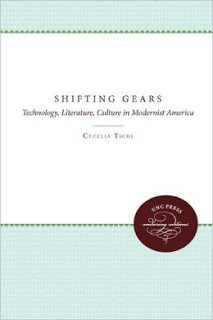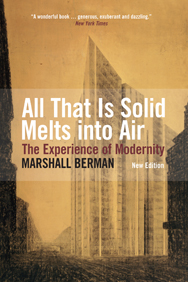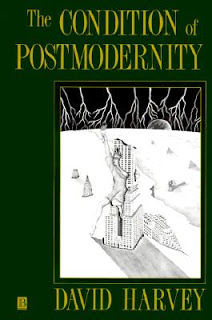
America Calling is a social history of the telephone in America from 1900 to 1940, and it’s an impressive piece of work. Fischer is a well-funded sociologist – which means that in addition to liking big structural arguments, clearly-defined terms, and general conclusions drawn from massive amounts of data, he also had an army of research assistants to help him with this project. And really, why do just one study when you have enough people to research and write five? Yes, five.
Fischer embarked on this project to answer three questions about the relationship between the telephone and American culture. First, who subscribed to residential telephone service, where did they live, and why did they get phones? Second, how did the collective use of the telephone affect social structure and culture? And third, what personal meanings did phones have for subscribers?
To answer these questions (again, because he had an army of assistants), he undertook the following studies:
- A historical study of how the telephone industry marketed phones to North American households, with particular attention to rural and working-class customers
- A statistical analysis of national diffusion patterns for telephone subscriptions over time to see where in the country people were likely to have phones, and whether phone subscriptions varied with class and rural vs local households
- Community studies in three communities in the San Francisco Bay area (Antioch, Palo Alto, and San Rafael), which included social histories for each town, statistical analyses of phone diffusion, and statistical analyses of social change
- Statistical analyses, also at the community level, of relationships between telephone subscriptions and a variety of indicators, like occupation, presence and number of adult women in the household, and distance from the city center
- Oral histories with 35 elderly people living in the three towns
He also situated this study within technology studies, which means that he was interested in the question of power and agency in the human-technological relationship. Therefore, he looked at both how industry and government constrained people’s use and adoption of telephones AND how consumers adopted the technology and used it for their own purposes.
And the result? After a lot of number crunching, Fischer determined several things, but two of his conclusions regarding social and cultural change particularly stand out (to me). First, rather than functioning primarily as a tool for business or as a replacement for human contact (as promoters intended and detractors feared), the telephone quickly became a “technology of sociability.” Americans (especially women) discovered that telephones made organizing events and coordinating people much more efficient – and so they coordinated more events and thus raised their overall level of in-person socializing. Instead of replacing personal interaction, the telephone amplified it and thus contributed to the overall accelerated pace of modern life.
But the telephone wasn’t all modern, all the time. Rather than operating as a tool of modernity by destroying local places and helping people connect with strangers in foreign lands (as telephone promoters initially claimed), the telephone was actually anti-modern; it helped people form closer bonds with people they already knew. It thus helped people create a bunch of small, insular, place-bound parochial cultures instead of contributing to the growing mass culture
Both of these conclusions are really fascinating because they show that people used telephones to help them adjust to the upheavals of modernization, and that they were happy to do more things as long as they had the support and close contact of a small group of friends. The strange thing about all of this is that Fischer insists that the telephone didn’t change American culture in any significant way (when it obviously did.) I’m hoping he just means that people used it to satisfy existing needs rather than to create new ones.










